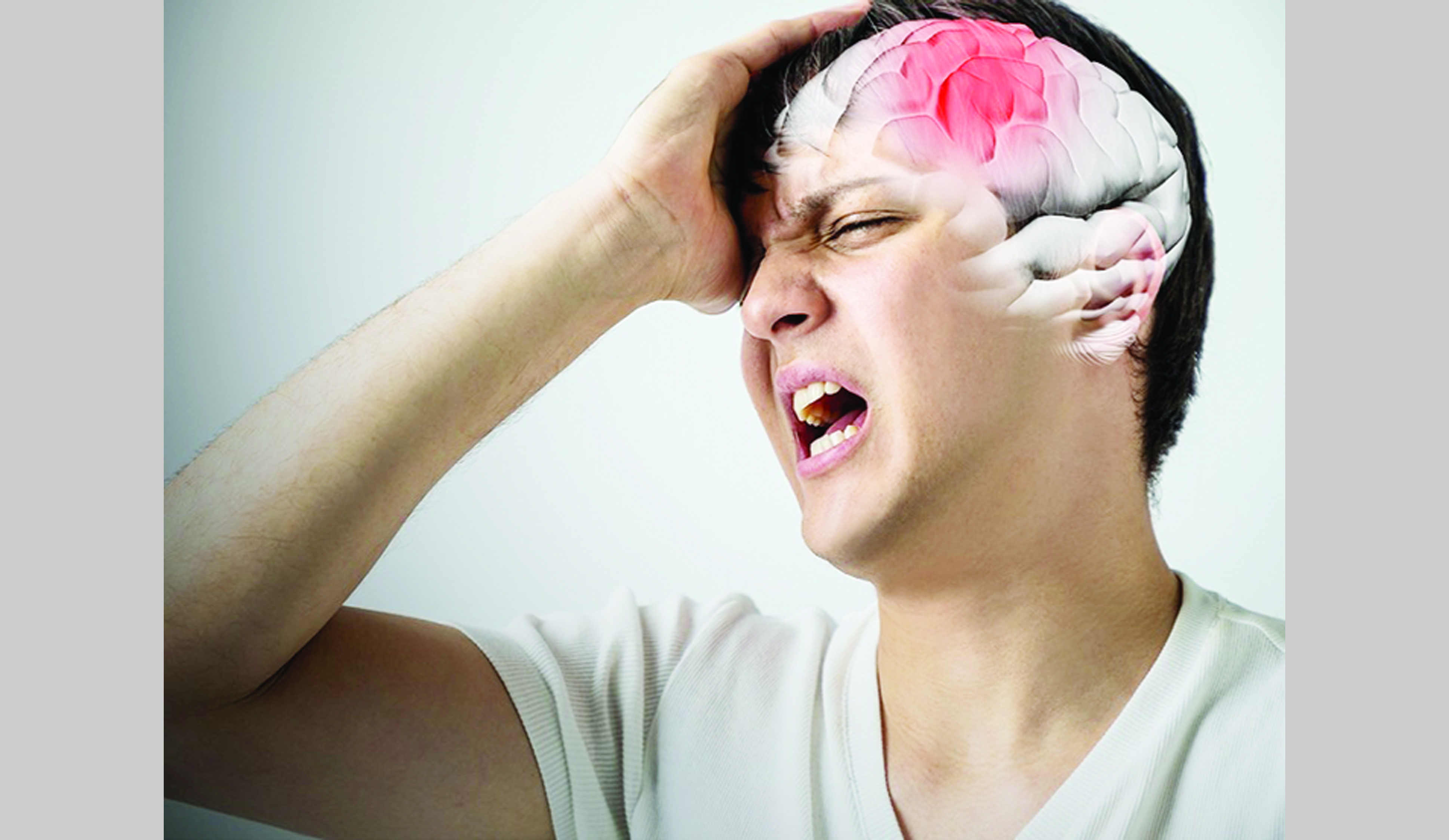Dr Vipul Gupta
Every year it has been seen that the dipping temperatures are responsible for a rise in number of cardiovascular problems, among which stroke is one of critical challenge.
Stroke, which can be because of blockage causing paralysis or can even burst leading to bleeding, is seen more commonly during the winters. This is an important problem, as stroke is recorded to be the third leading cause of death and disability and WHO estimates suggest that one in four people may suffer stroke over a lifetime.
Various studies conducted in Japan, Korea, USA and China also suggests that there are more chances of stroke during the winter months. Several studies suggest that during extreme cold conditions, the risk of getting a stroke attack increases by 80% particularly when temperature dips below 15 degree Celsius. Taking care of this issue is very important because this may lead to more chances of this deadly disease.
Stroke – a major threat during winters
Various data suggests that annually in India, on an average around 15 lakh patients suffer from some type of stroke attack and around one-third of them are left with stroke-related disability. Therefore, it becomes all the more important for us to understand what doubles up the risk of stroke during winter? One of the prime reasons can be attributed that during the cold seasons the blood vessels constrict, which leads to the increase in blood pressure, which means that the blood has to be really pumped harder in order to travel around the body, making it one of the major factors for the onset of stroke.
Also, there are various changes in the chemical balance in our body during the winters including cholesterol levels and some other factors that increases the chances of clotting. Changes in the physical activity which usually decreases during the winter months as well as weight gain can play an important role. Probably the reason number of stroke cases go up by 11 per cent during winters.
Another challenge which our population is facing, particularly this year is the spreading of the deadly COVID pandemic. It is now also known that COVID infection raises the chances of stroke and sometimes it is also witnessed that COVID patients may be present with stroke. Stroke in these patients is again due to the changes in their blood vessels and some of the patients with severe COVID infection have raised chances of clotting as well. The combination of winters with COVID is a potentially deadly combination for the Indian Population, which is further made worse in the cities by the rising air pollution
Though anyone is susceptible to get a stroke, however, people with existing cardiac problem, high blood pressure problem, smokers, obese and elderly need to be watchful as with the weather getting cold, they are the ones more vulnerable to get a stroke. In fact, such patients have a higher risk of even dying from heart disease as well.
Reducing the risk of stroke in winters
In order to curb down the chances for stroke and other cardiovascular events, it is strongly recommended to regularly monitor your blood pressure during this changing weather. And even with mild changes or rise in the blood pressure, one need to immediately consult the doctor who can prescribe an adjustment in the medications. It is also advised to keep warm and avoid sudden exposure to severe cold temperatures as the risk of stroke remains for many days after the exposure. Keeping in mind the issues of COVID and rising pollution, one should probably maintain the recommended levels of regular physical activity and avoid sudden changes in diet. In order to establish an exact correlation of stroke with the onset of cold and air pollution in our patients, there is a need to conduct larger population-based studies in India as well. But sadly, because the Indian healthcare structure is slightly fragmented with overlap of private and public sector, conducting such studies has been a challenge.
(The author is Director, Neurointervention, Artemis – Agrim Institute of neurosciences, Gurgaon)
Trending Now
E-Paper


